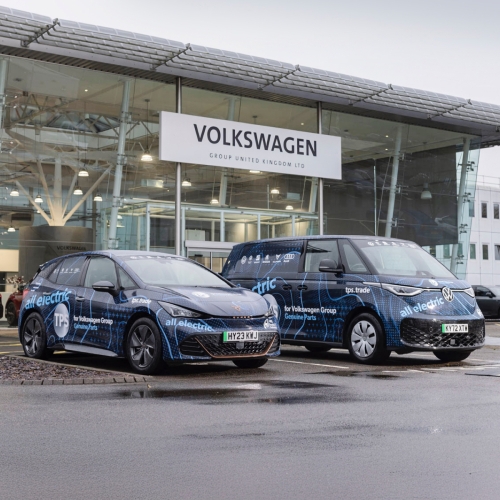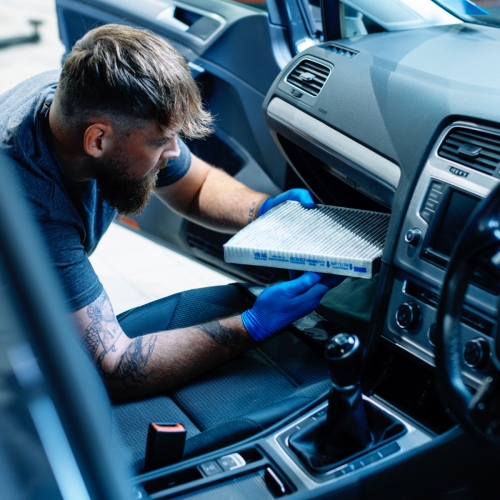Andrew Cooper, Parts Product Planning Manager at Volkswagen Group UK, offers some illuminating thoughts and expertise on the best bulb options available.
Lighting components are the biggest cause of MOT test failures - accounting for one in four of MOT failure points.
As a result of the MOT test changes introduced in May last year, there are now more reasons that bulbs top the list of most common failed MOT parts. There are now automatic fails for front fog lamps, daytime running lamps, reversing lamps, the light source and lamp not being compatible.
With such changes in mind, it really does pay to be switched on when it comes to lighting.
Halogen, High Intensity Discharge (HID), commonly known as Xenon, and LED are the three main types of bulb available. It’s important to understand the difference between these types of bulbs when carrying out a relevant repair or replacement to ensure you are choosing the correct option for a customer’s vehicle.
Halogen Bulbs
Halogen bulbs are the oldest and most common type of bulb and were first introduced into cars in Europe in 1962. They contain a tungsten filament that when current flows through it, gets hot and creates light.
Halogen bulbs are simple to produce, low-cost, easily replaced and can be used for all lighting purposes from headlights to interior lights.
The disadvantage of halogen bulbs is they are not as long-lasting as HID or LED bulbs.
However halogen bulb technology has evolved to increase the intensity of the light, resulting in the more modern bulbs emitting a stronger, brighter light than their older, more standard counterparts.
Despite these developments, it’s still becoming increasingly common for vehicle owners to switch away from halogen bulbs by upgrading their lighting units to more modern LED or HID bulbs.
HID/ Xenon Bulbs
HID bulbs/Xenon bulbs use an electric arc between two electrons within the bulb to produce light.
They provide a whiter, brighter light than halogen – up to 300% lighter - and are extremely effective as headlight bulbs. The 1991 BMW 7 Series was the first vehicle model to use these type of bulbs.
However one issue to consider with HID/Xenon bulbs is their unsuitability to older vehicles if retrofitted. New MOT requirements dictate that all HID/Xenon headlamps must be fitted with a washer system and automatic self-levelling functionality to combat the glare caused by a scattered light beam.
While this is fitted as standard on newer cars, older vehicles tend not to have such systems in place and retrospectively fitting HID/Xenon bulbs can result in an instant MOT failure. It is a conversation a garage should have with their customer and one that will be appreciated when it proves the difference between an MOT pass or failure.
LED Lamps
LED (Light Emitting Diode) bulbs were first used in full headlamp units in 2008, when they were fitted to the Audi R8 for use as LED, daytime running lights. LEDs are simply semi-conductors, with no wear or tear parts, that produce a lot of light without using much energy.
As well as being energy efficient, they generate a light closer to daylight and require less electricity than halogen bulbs, so are not such a drain on the battery.
On the downside they can be expensive to replace the complete unit, they don’t produce much heat and there can be issues with the build-up of condensation in the lamp unit.
Matrix LED headlamps
Matrix LED headlamps incorporate the latest technology where their intelligent functionality they illuminate the road without blinding the other road users.
As soon as the camera on the windshield detects other vehicles or city limits, the controller switches off individual LEDs or dims them in 64 stages, creating several million possible light patterns.
TPS offer a full range of Genuine lighting products and HID/Xenon and Halogen bulbs in our all-makes Quantum range. All Genuine and Quantum bulbs are E1 certified and are manufactured in Europe to OE fitment and specification as chosen by many car manufacturers.




